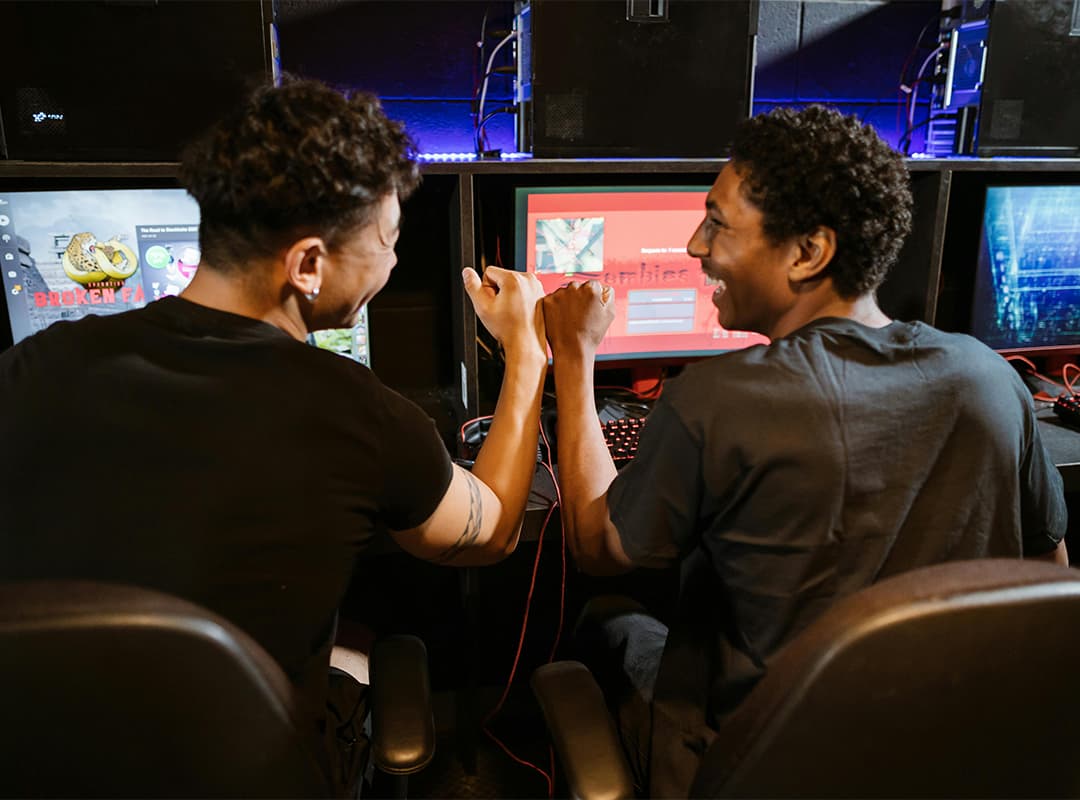Web3 gaming represents a significant evolution from traditional Web2 games, offering new paradigms and opportunities that fundamentally alter the player experience. Here are the key differences that set Web3 games apart from their predecessors:
True Ownership of In-Game Assets
One of the most revolutionary aspects of Web3 gaming is the concept of “true ownership.” In the Web2 gaming world, the game developer essentially owns all in-game assets. Players do not have actual ownership rights over the items they earn or purchase. However, Web3 gaming changes this dynamic by representing in-game items as non-fungible tokens (NFTs). These NFTs ensure that players are the sole owners of their virtual assets. This means that players can freely buy, sell, and trade their items both within and outside the gaming ecosystem. The use of a neon wallet, for example, allows players to securely store and manage their digital assets, ensuring easy access and transferability.
Interoperability
Another significant advantage of Web3 games is their facilitation of interoperability. In traditional Web2 gaming, in-game elements are usually confined to a specific platform or game, making them unusable elsewhere. Web3 gaming breaks down these barriers, allowing players to use their resources across different games and virtual worlds. This level of interoperability enhances the overall gaming experience, offering users a new level of freedom and versatility that was previously unimaginable in the traditional gaming industry.
Play-to-Earn Model
Web3 gaming has popularized the play-to-earn model, which has quickly gained traction among gaming audiences. In conventional games, developers typically earn the bulk of their revenue from players through in-game purchases and advertisements. However, in Web3 games, the distribution of value is more balanced, enabling players to monetize their gaming skills and time investment. Gamers can earn cryptocurrencies and rare NFTs by participating in the gaming ecosystem, effectively monetizing their passion for gaming. This model not only provides a new source of income for players but also fosters a more engaged and invested player base.
The shift from Web2 to Web3 gaming is not merely an upgrade but a fundamental transformation in how games are created, experienced, and monetized. The true ownership of digital assets, the potential for interoperability, and the play-to-earn model are just a few of the groundbreaking innovations that Web3 gaming brings to the table. As the technology and ecosystem continue to evolve, we can expect even more exciting developments that will redefine the future of gaming. Whether you’re a developer, investor, or player, the world of Web3 gaming offers new opportunities and experiences that are worth exploring.




